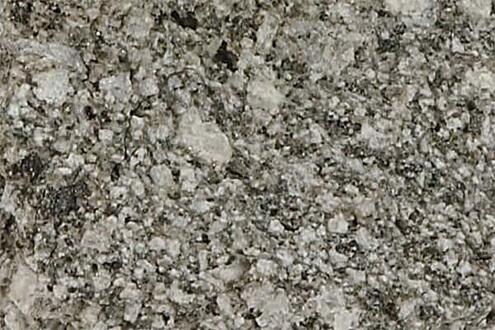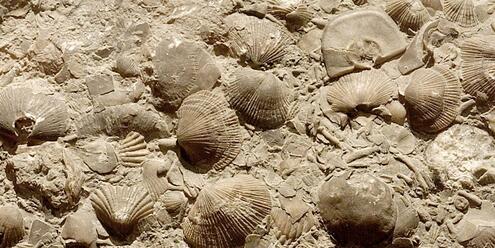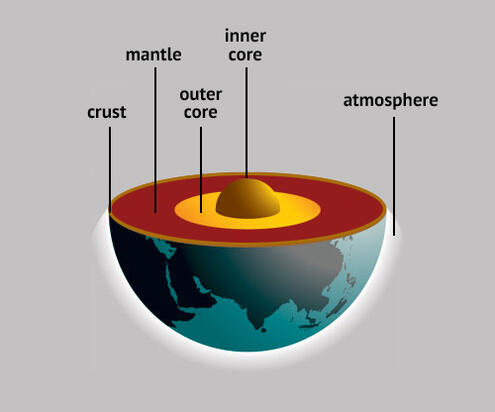What Do You Know About Earth?
Test your knowledge about our planet by taking this quiz!
1
Which type of rock forms from melted rock deep within Earth ?

sedimentary

metamorphic

igneous
Nope. Try again!
Question 1 of 10
Image Credits:




 Biodiversity
Biodiversity
 Brain
Brain
 Genetics
Genetics
 Marine BiOLogy
Marine BiOLogy
 MicrobiOLogy
MicrobiOLogy
 PaleontOLogy
PaleontOLogy
 ZoOLogy
ZoOLogy
 AnthropOLogy
AnthropOLogy
 ArchaeOLogy
ArchaeOLogy
 Astronomy
Astronomy
 Climate Change
Climate Change
 Earth
Earth
 Physics
Physics
 Water
Water






